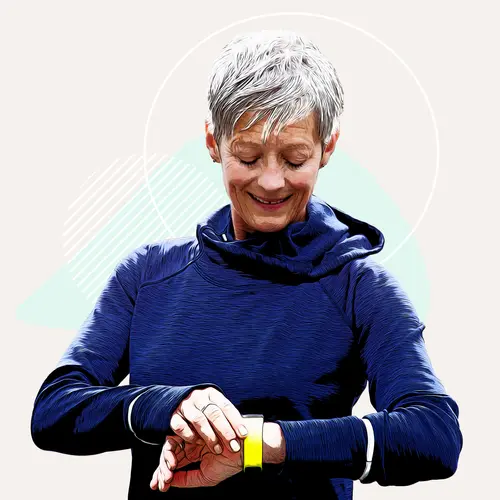Overactive bladder (OAB) can easily disrupt your workday. But with proper planning, awareness, and good communication, you can manage this condition and get things done. Follow these tips.
Keep Drinking Water
You might think drinking less means you’ll pee less, but that’s not necessarily true. Dehydration does your body more harm than good. Extra concentrated pee can irritate your bladder and make OAB worse. Spread your sips throughout the day, and cut back on fluids 2 or 3 hours before bedtime.
Set a Schedule
Doing this helps lower the risk of accidents or discomfort. Try to go to the bathroom every 2 or 4 hours. If you have an important presentation or meeting at noon, stop drinking fluids at 11 a.m. Then go to the bathroom right before your meeting. By sticking to a schedule, you can plan around bathroom trips instead of waiting for the urge to strike.
Train Your Bladder
Your bladder can learn bad habits. For example, if you regularly go before it’s full, your body learns to signal you before you actually need to go. Keep track of the times you pee or leak during the day. Then slowly increase the amount of time you wait before going to the bathroom by a few minutes at a time. If you can hold back when the urge first hits, you can remind yourself that your bladder isn’t full yet. Eventually, you may be able to wait much longer between bathroom breaks. Try this at home if you don’t feel comfortable risking an accident at work.
Map Out Nearby Bathrooms and Exits
You probably already know where all the restrooms are on your floor. But if you have to go to another floor or office for a meeting, you might feel a bit anxious. Get there 5 or 10 minutes early to find the bathroom closest to where you’ll be. Try to find a seat near the door. And sit in the back and at the end of an aisle whenever possible.
Know Your Triggers
At home, you can indulge in OAB triggers like coffee, alcohol, and spicy foods. But you should avoid these at work or work functions, especially on busy days when keeping a regular pee schedule can be a challenge. You might also want to pay closer attention to any medications that might increase your urges, as well as environmental triggers like sudden exposure to cold (walking from a hot day into an air-conditioned room, for example).
Plan Ahead When Traveling
When possible, choose your airline seats ahead of time to get an aisle close to the bathroom. Go to the restroom right before you board the plane, and save your tea or coffee until after takeoff. Bring a change of clothes and a plastic bag in your carry-on in case of an accident. When you use the bathroom, don’t rush. Give yourself time to relax so that you can empty your bladder.
Make Friends
Sharing your situation with flight attendants and others who can help eases anxiety. For example, they can let you know when the seat belt light is about to be turned on so you can go to the bathroom first. If you have a connecting flight, they might even be able to get you off first so you can get to the restroom before boarding your next flight.
Talk With Your Boss
OAB is a medical issue -- it’s nothing to be embarrassed about. Let your manager know that you have a bladder condition. That just means you need to stick to a certain schedule, meaning more frequent bathroom breaks. If your bladder issues are severe enough that it limits your day-to-day activities, your boss has to provide reasonable accommodations. Ask your doctor to write a letter documenting your condition.
Do Your Kegels
These pelvic floor exercises keep your bladder muscles strong. This helps curb the need to pee until you can get to a bathroom. Best of all, you can do Kegel exercises throughout the day without anyone knowing. Here’s how to do them:
- If you have a vagina, put one finger in and squeeze around it. If you have a penis, tighten the muscles you use to stop yourself from peeing. These are the same ones you’ll use to do Kegels.
- Squeeze these muscles for about 8 to 10 seconds, then relax. At first, it may be hard to hold for more than a second or two. Try to do eight to 12 contractions three times a day. Over time, try to squeeze harder and longer.
On the flip side, if your pelvic floor muscles are overworked, Kegel exercises might do more harm than good. Ask your doctor if they’re OK for you.
Use Pads
Don’t be afraid to wear a pad or other protective undergarment. If you have a penis, you can wear a “condom catheter” to avoid visible accidents. This might feel embarrassing, but none of your co-workers will notice.
Don’t Be Afraid to Ask for Help
OAB isn’t a normal part of life or getting older. You don’t have to put up with symptoms. Talk with your family doctor. They can refer you to a specialist and get you set up with behavioral therapy, medication, surgery, and whatever else you may need.

